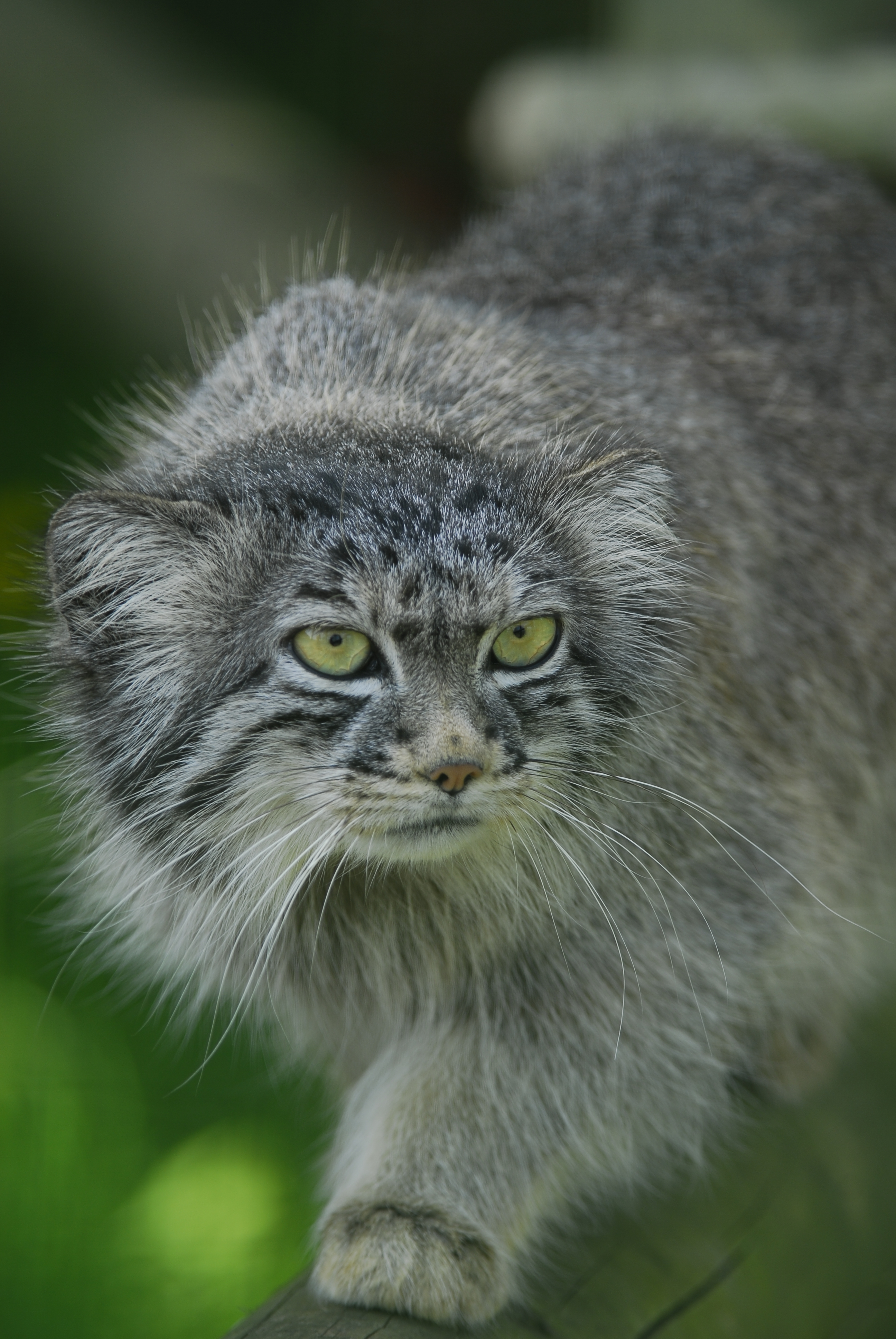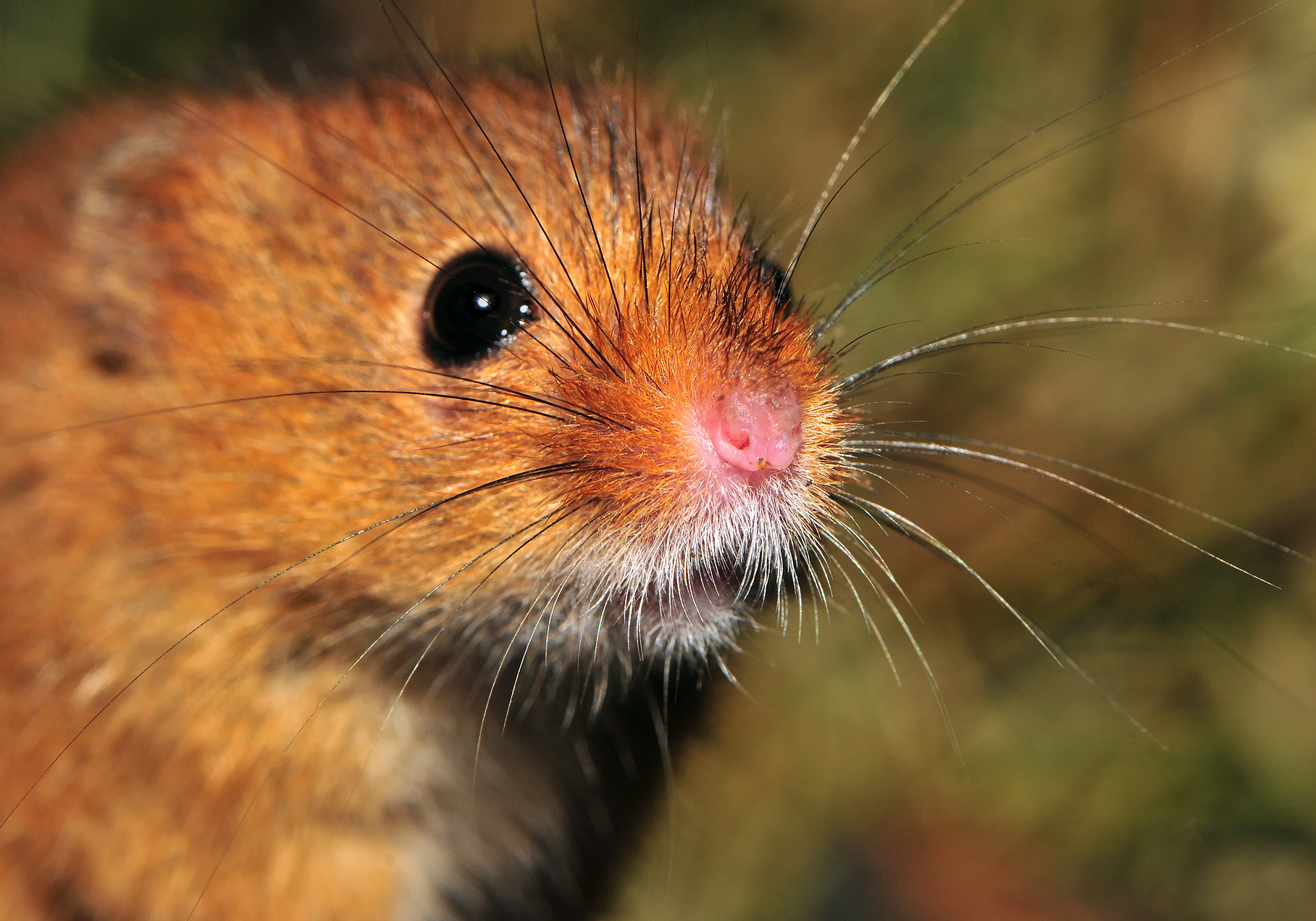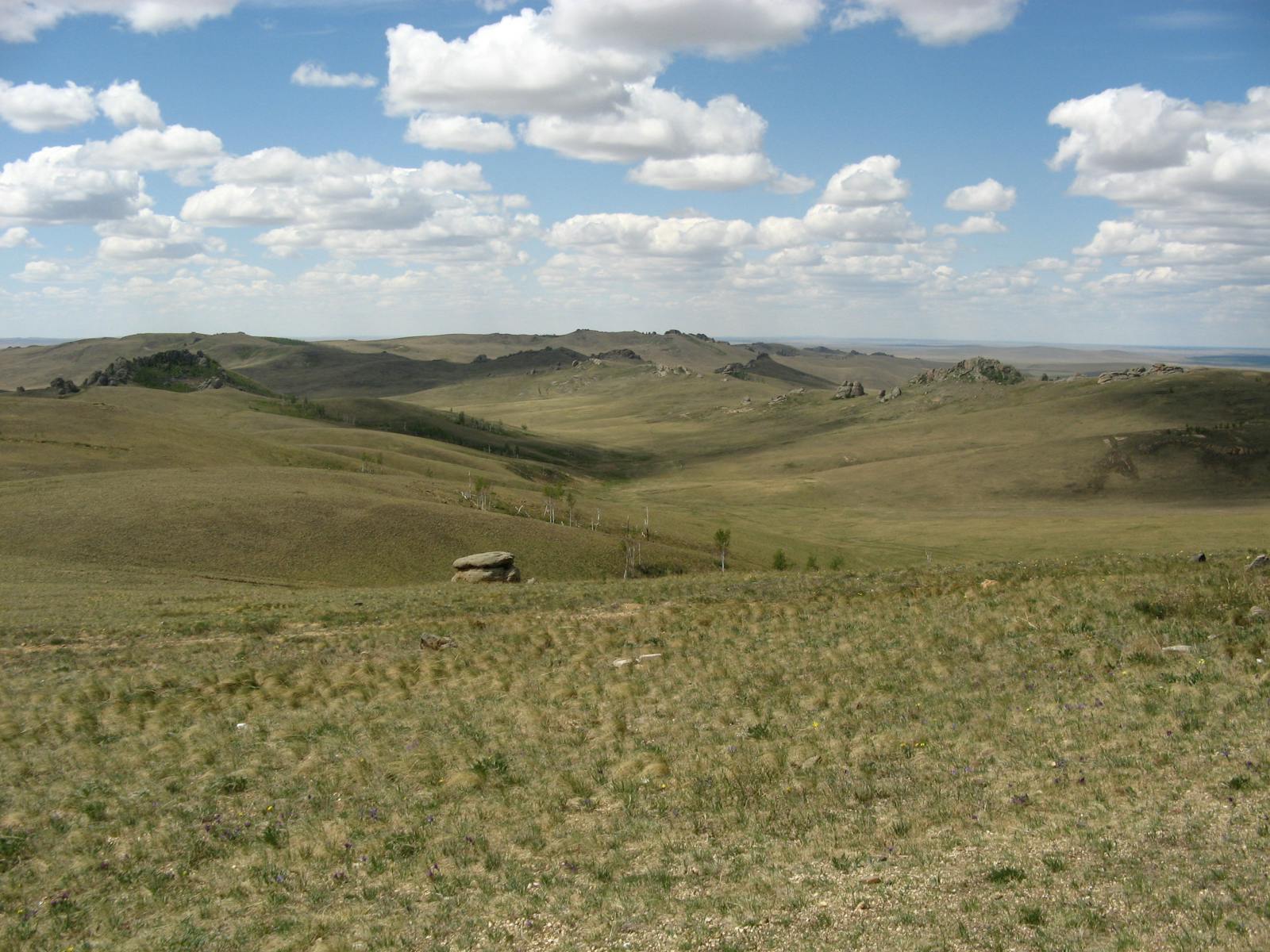Daurian Forest Steppe
The ecoregion’s land area is provided in units of 1,000 hectares. The conservation target is the Global Safety Net (GSN1) area for the given ecoregion. The protection level indicates the percentage of the GSN goal that is currently protected on a scale of 0-10. N/A means data is not available at this time.
Bioregion: Mongolian Grasslands, Alpine Meadows & Forest Steppe (PA44)
Realm: Eastern Eurasia
Ecoregion Size (1000 ha):
20,940
Ecoregion ID:
726
Conservation Target:
51%
Protection Level:
1
States: Russia, Mongolia, China
Mongolia’s Daurian Forest Steppe ecoregion covers the northern part of the UNESCO-designated ‘Landscapes of Dauria’, a majestic reach of forest and steppe-grassland that extends across northeastern Mongolia into southern Siberia. Riparian and lake habitats, both freshwater and slightly saline, support distinctive plant communities with a rich bird fauna, several species of which hold conservation significance. Within this ecoregion, it is possible to see six crane species in one place. Four of these (white-naped crane, demoiselle crane, common crane, and red-crowned crane) have breeding populations in this ecoregion and two (Siberian crane and hooded crane) are non-breeding visitors.
_1_Spaceaero2%20via%20wikimedia.jpg)
The flagship species of the Daurian Forest Steppe ecoregion is the white-naped crane. Image credit: Creative Commons
The Daurian forest steppe ecoregion also includes a portion of the Khentii Mountain Range where north-facing mountain slopes support forests of Siberian larch, intermixed with birch, pine, and aspen. These forests can have a species-rich understory of shrubs and forbs, with a few taxa endemic at the species level. Several large lakes fill enclosed basins, and there are two rivers that flow through the Daurian forest steppe: the Ulz River crosses northeastern Mongolia and ends in the Torey Lake basin; the Onon sends water to the Pacific Ocean via the Amur (Heilongjiang) River.

Pallas cat. Image credit: Adrian Herridge, Creative Commons
The Daurian forest steppe is a trans-boundary ecoregion that contributes to several conservation units that are protected at the state level and also listed under UNESCO’s Man and the Biosphere Program: Daursky (Daurian) Biosphere Reserve (2,086 km2) in Russia; the northern part of Mongol Daguur Biosphere Reserve (84,290 km2, core area 5,704 km2), Mongolia; Onon-Balj National Park (4,158 km2), Mongolia; and Ugtam Uul Nature Reserve (4,616 km2), Mongolia.
The Daursky (Daurian) Biosphere Reserve in Russia includes the Barun Torey lake system, situated in an enclosed basin fed by the Ulz River of northeastern Mongolia. This area supports a large relict gull colony, while the globally threatened great bustard nests on its steppe grasslands; birds of marshy habitat including bearded reedling, black-browed reed warbler, and great reed warbler can also be found.

Harvest mouse. Image credit: Michael Gabler, Creative Commons
Mongol Daguur Biosphere Reserve holds a significant proportion of the global breeding population of endangered white-naped crane and swan goose. Other globally threatened species occurring at the site are Siberian crane, hooded crane, red-crowned crane, and marsh grassbird. Onon-Balj National Park supports populations of red deer, a large cervid that resembles the North American elk. Efforts are in progress to expand the distribution of this species.
Carnivores of the Daurian forest steppe include gray wolf, red fox, marbled polecat, Eurasian badger, and Pallas’ cat. These prey on Mongolian gazelle and myriad small mammals. There are numerous small rodent species including Daurian zokor, a burrowing rodent that is genetically similar to the eusocial mole rats of Africa, the souslik (a ground squirrel), and wild hamsters. Tolai hare and Daurian pika represent the rabbit family, and Daurian hedgehog also occurs in this ecoregion.
Human activities detrimental to the Daurian forest steppe ecoregion include unregulated road construction and off road driving, unsustainable grazing practices, and illegal hunting.
Priority conservation actions for the next decade are to: 1) increase the red deer population in Onon-Balj National Park by 30% ; 2) maintain breeding habitat for white-naped crane and other crane species; and 3) Control detrimental human activities such as unregulated road construction, off road driving, and unsustainable grazing practices as cited above.
Citations
- Butorin, A. and others. 2013. The First Property of the Serial Transnational Nomination Landscapes of Dauria (The Russian Federation and Mongolia): Proposal for Inscription on the UNESCO World Cultural and Natural Heritage List. UNESCO World Heritage Center. https://whc.unesco.org/en/list/1448/documents/. Accessed December 2018.
- Matthiessen, P. 2001. The Birds of Heaven: Travels with Cranes. North Point Press, New York.
- Radnaabazar, B. 2000. Eastern Asia: China, northeastern Mongolia, and Russia. https://www.worldwildlife.org/ecoregions/pa0804. Accessed December 2018.
%20-%20John%20Morrison.jpg?auto=compress%2Cformat&w=1600)



